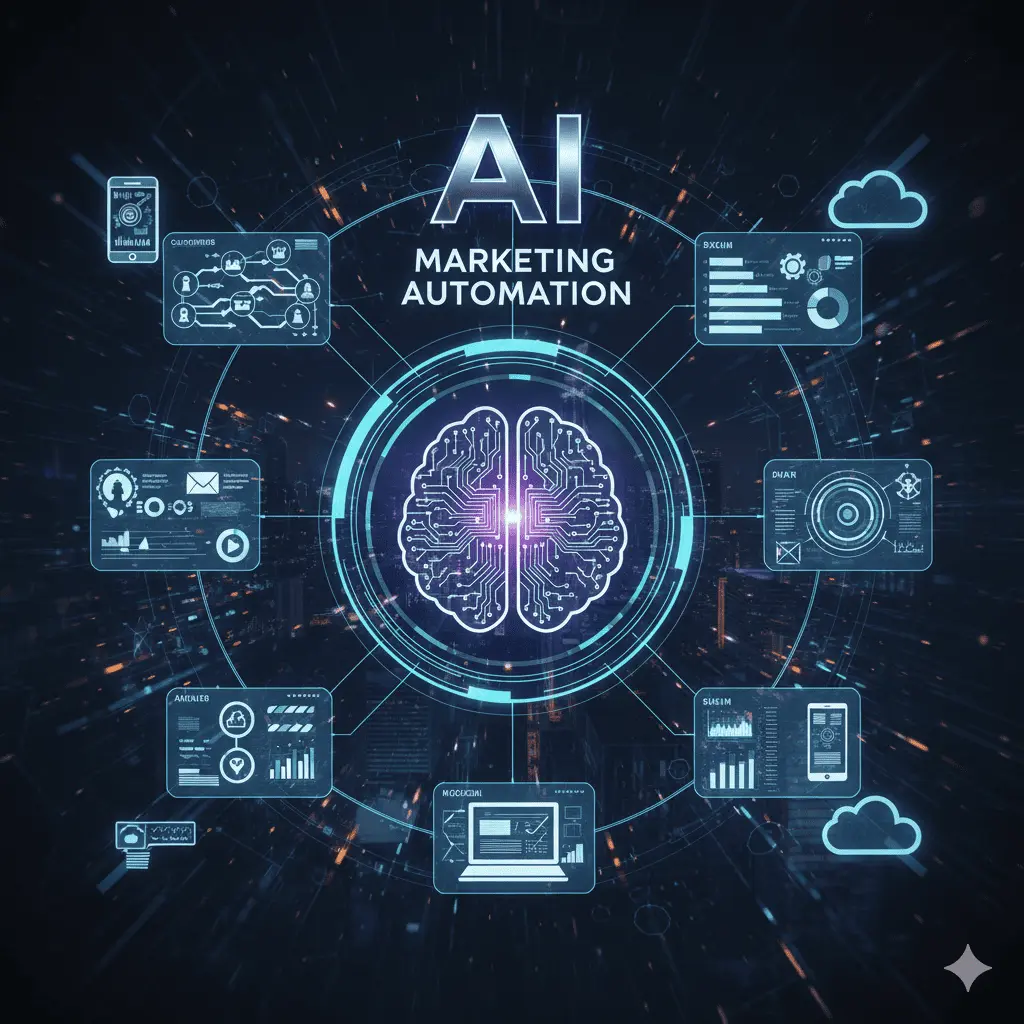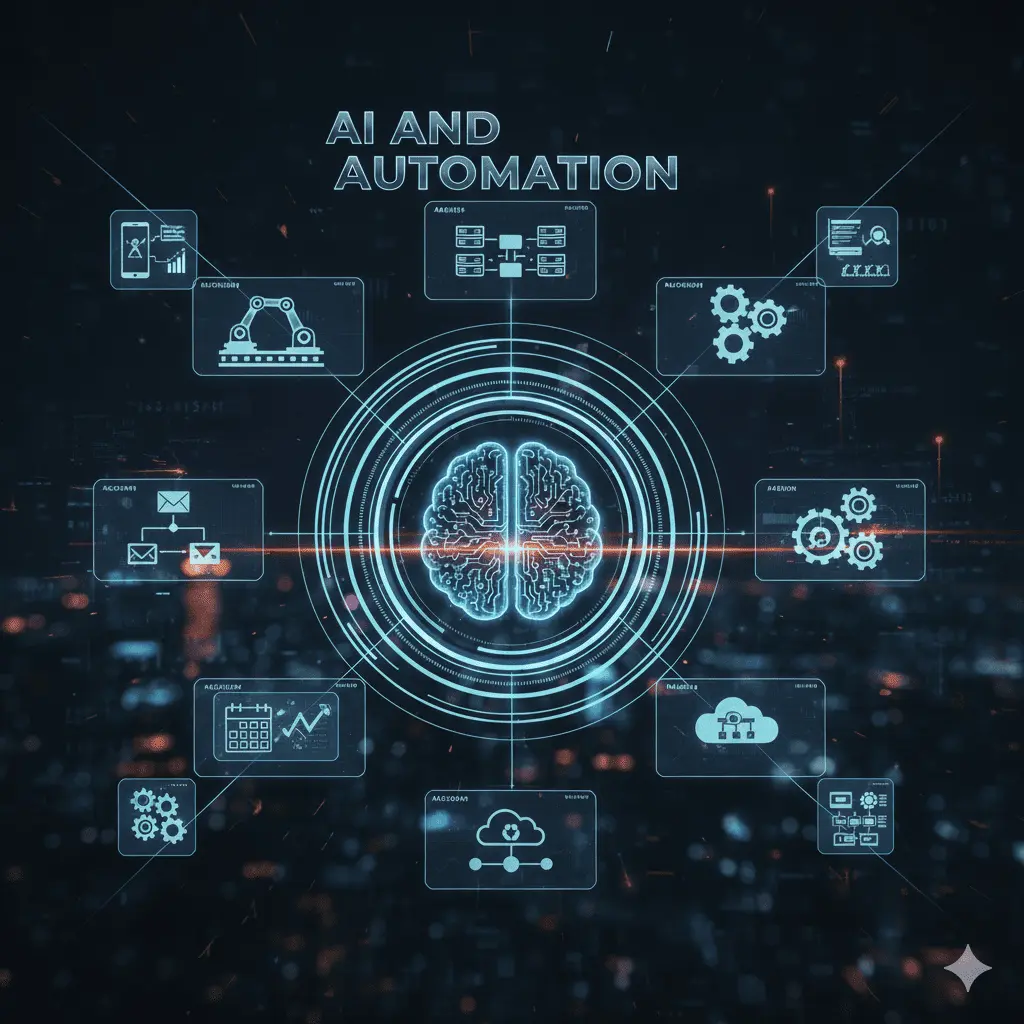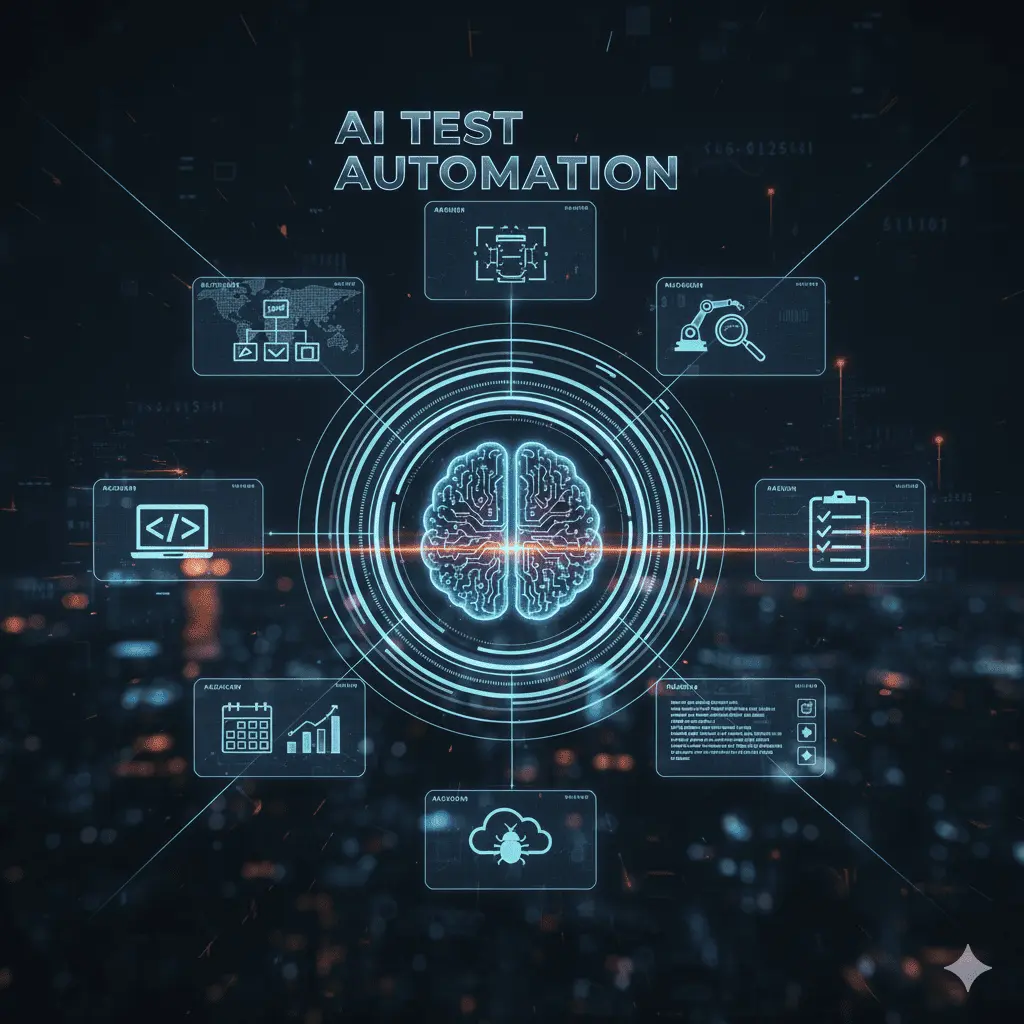Introduction
In today’s fast-paced digital landscape, AI marketing automation is transforming how businesses reach, engage, and retain their audiences. Gone are the days of manual email scheduling or guessing what content works now, artificial intelligence (AI) empowers marketers to create hyper-personalized campaigns that adapt to user behavior in real time. For beginners and professionals alike, understanding AI automation is key to scaling marketing performance, improving ROI, and saving time.
This guide will walk you through every aspect of AI marketing automation, from choosing the right tools to implementing workflows, so you can supercharge your marketing strategy efficiently and intelligently.
Materials & Tools
To get started with AI marketing automation, you’ll need a solid tech stack that integrates seamlessly with your marketing channels. Here are the core tools and platforms to consider:
-
AI-Powered CRM Systems: Platforms like HubSpot, Salesforce Einstein, and Zoho CRM automate customer segmentation, lead scoring, and email sequences.
-
Content Automation Tools: Tools such as Jasper AI, Copy.ai, and SurferSEO use artificial intelligence (AI) to generate optimized blog posts, ads, and social media content.
-
Workflow & Analytics Tools: Use Zapier, Make (Integromat), and Google Analytics 4 to automate data collection and reporting.
-
AI Ad Platforms: Meta Ads and Google Ads now include AI and automation features that optimize bidding, audience targeting, and creative delivery.
These tools form the foundation of your AI workflow automation, ensuring consistent performance across your campaigns.
Timing / Implementation Schedule
Implementing AI marketing automation doesn’t happen overnight it’s a strategic process. Below is a suggested 3 phase rollout schedule:
Phase 1 (Week 1–2): Planning and Setup
Define marketing goals, identify KPIs, and choose your AI tools. Create an automation map outlining workflows such as lead nurturing, content scheduling, and customer segmentation.
Phase 2 (Week 3–4): Data Integration and Testing
Connect your CRM, analytics, and social platforms. Run AI test automation to verify that data flows accurately and algorithms are trained properly.
Phase 3 (Week 5–8): Optimization and Scaling
Review campaign performance. Use AI insights to refine messaging, timing, and audience targeting. Gradually scale automation to cover more marketing activities.
Preparation: Define Goals, Audience, and Content Strategy
Before implementing AI marketing automation, define clear objectives — do you want to increase leads, boost engagement, or enhance personalization?
Next, identify your target audience and create detailed buyer personas. This allows your AI systems to personalize campaigns effectively.
Finally, outline a content strategy that blends AI-generated insights with human creativity. A balanced approach ensures your content remains authentic, relevant, and emotionally engaging.
Step-by-Step Instructions
-
Select the Right AI Tools – Choose platforms that align with your marketing goals and integrate with your existing systems.
-
Gather and Clean Your Data – AI depends on high-quality data. Remove duplicates and ensure all customer information is accurate.
-
Build Automation Workflows – Automate repetitive tasks such as email follow-ups, lead scoring, and campaign scheduling.
-
Use Predictive Analytics – Leverage AI business process automation to forecast customer behavior and optimize your funnel.
-
Monitor, Measure, and Improve – Continuously analyze AI reports to adjust campaigns based on data-driven insights.
Advantages
Implementing AI marketing automation offers numerous benefits:
-
Personalization at Scale: Tailor messages for thousands of users using behavior-driven automation.
-
Efficiency: Free your marketing team from repetitive manual tasks.
-
Data-Driven Decisions: AI tools use real time analytics to identify the best performing strategies.
-
Increased Conversion Rates: Intelligent automation optimizes ad spend and improves targeting precision.
-
Cross-Channel Consistency: Maintain a unified message across email, social, and paid campaigns through AI and automation technologies.
With AI workflow automation, marketers gain the ability to respond instantly to market trends and customer behavior, creating a more agile marketing ecosystem.
Tips, Alternatives
If you’re just starting out, test several tools before committing to one. The best tool for AI automation depends on your business size, budget, and goals. For small businesses, ActiveCampaign or Mailchimp AI might be ideal; for larger enterprises, Adobe Experience Cloud or Salesforce Marketing Cloud provides deeper integrations and analytics.
Pro Tip: Combine multiple automation tools for maximum efficiency. For instance, use Zapier to trigger automated workflows between your CRM and email platform, and connect AI analytics to your content tools for instant optimization suggestions.
Common Mistakes to Avoid
-
Ignoring Data Quality: AI systems can’t produce accurate results if the data is inconsistent or outdated.
-
Over-Automation: Don’t eliminate the human touch — personalization requires creativity and empathy.
-
Skipping Testing: Always run AI test automation to ensure all processes are functioning correctly.
-
Neglecting Compliance: Ensure your automation complies with GDPR and other data protection laws.
Conclusion
AI marketing automation is no longer optional — it’s essential for modern digital marketing success. By strategically implementing the right tools, setting clear goals, and maintaining a human touch, businesses can dramatically improve campaign efficiency, personalization, and ROI.
Embrace AI and automation today to transform your marketing from reactive to predictive and stay ahead in the evolving world of digital engagement.
FAQs
1. What is AI marketing automation?
AI marketing automation uses artificial intelligence to automate marketing tasks such as email campaigns, customer segmentation, and analytics.
2. Is AI marketing automation suitable for small businesses?
Yes, even small businesses can benefit by automating routine processes and improving engagement.
3. Which is the best tool for AI automation?
Tools like HubSpot, Salesforce Einstein, and Jasper AI are highly rated, depending on your business needs.
4. What is AI workflow automation?
It’s the use of AI to automate connected marketing processes — from content creation to performance tracking.
5. How does AI improve marketing performance?
AI provides predictive insights, enhances personalization, and optimizes ad spend for better ROI.





